Poor old Connecticut, invaded every day by thousands of Noo Yawkers and Bahstonians. Those people who don’t know what to do with their ‘r’s make it nearly impossible for the state to sustain a uniquely Connecticut accent.
You can make a good argument that Fairfield County, parts of New Haven and Litchfield County belong more to the Tri-State Area than to New England. Those places are where New Yorkers buy antiques, keep their weekend home and send their kid to prep school. They take Metro-NORTH trains into Grand Central and get their local news from New York City.
The Non-Connecticut Accent
They also tend to speak like New Yorkers, dropped ‘r’ and all. People who live near (or work in or escaped from) Noo Yawk are more likely to talk like Cuba Gooding, Jr. He lives in Greenwich, by the way. A big part of living in Connecticut is knowing which wealthy town which wealthy celebrity lives in.
People who live in Northeast Connecticut tend to talk more like Bostonians. They see ‘Jawdin’s Furnichah’ (Jordan’s Furniture) ads on television. They buy b’daydas at the Stawp & Shawp (potatoes at the Stop & Shop). And they root for the Sawx, the Broons and the Pats and in the summer you’ll find them down the Cape.
So you have two different non-Connecticut accents, both with the dropped ‘r.’ Phonologists call it non-rhotic.
The rest of New England tends to view Connecticut with suspicion. After all, half the state roots for the Yankees and the Giants.
Rich Talk v. Poor Talk
The state’s severe economic inequality also wipes out any possibility of a single, statewide Connecticut accent. It has some of the wealthiest towns in the country just a stone’s throw from the poorest cities.
Latinos make up about 40 percent of the population of Hartford, the fourth poorest city in the U.S. The same goes for Bridgeport and New Britain. They come mostly from Puerto Rico, Cuba and the Dominican Republic and they have distinct dialects and slang. Sometimes phonologists call it New York Latino or East Coast Latino English. It’s evolving, it’s varied and it’s usually spoken by people who grew up speaking English. (Listen to Pedro Martinez, a Dominican, here. He lives in Greenwich.)
Many of Connecticut’s rich residents speak in a neutral, upper-class accent sometimes called ‘Mid-Atlantic.’ People generally have to manufacture that accent, because no one speaks it naturally. Listen to Westport’s Martha Stewart, for example. She once had a heavy Joisey (New Jersey) accent, but worked to get rid of it. You wouldn’t know she’s a Jersey girl to listen to her now.
Starting around the 1920s, New England prep schools had taught students to speak with a quasi-British accent. Jacqueline Onassis, for example, developed a serious boarding-school accent at Miss Porter’s in Farmington. Katharine Hepburn got hers at the Oxford School in West Hartford, though her well-to-do Mummy and Daddy probably helped it along. You’ve heard the accent if you’ve watched old movies with upper-class characters. It’s rather stagey to American ears, and it fell out of fashion sometime in the 1960s.
Muddled Dialect Boundaries
So Connecticut has non-rhotic speakers in the northeast and southwest. Throughout the state it has manufactured Mid-Atlantic accents in the tony towns away from the gritty urban East Coast Latino English. Some have ‘r’s, some don’t.
But beyond all those muddled dialect boundaries, there is a place where a Connecticut accent survives: Somewhere from south of Hartford to somewhere north of Springfield (which started out in Connecticut).
Hartford, as pronounced by its inhabitants, has an ‘r.’
T-Glottaling
Unlike most New Englanders, the Central Connecticut Mumbler has no problem with the ‘r.’ It goes in all the right places. ‘Gilmore Girls,’ ‘Waterbury’ and ‘cruller.’ All have ‘r’s in the right places. In Connecticut, lobster rolls have butter. Mark Twain lived in Hartford. Buy a steamed hamburger in Meriden.
It’s the ‘t’ that Central Connecticut Mumblers can’t deal with. Phonologists call what they do ‘t-glottaling.’ Or ‘gloh-a-ling.’
Ask someone from Connecticut to say “kitten from New Britain.” You might hear “kih-en from New Brih-en.” ‘Mou-en’ for ‘mountain,’ ‘bo-el’ for ‘bottle’ and ‘Kah-neh’uhkit’ for ‘Connecticut.’
The ‘t’ also tends to fall off the end of words. So if a word ends with a ‘t,’ that word duh-zen have a consonan’ a’ the end.
And Now for the Mumble
The Central Connecticut accent has a distinct mumble. People who have it rush through the syllables, especially in the middle of a sentence, mushing them into incomprehensibility. They eat their consonants and flatten out their pitch.
A student newscaster at Central Connecticut State University and his interviewee in New Britain had it bad. (Listen to them here.)
On the video we learn that because of the parking problems at CCSU, students risk getting a ticket or showing up to class late. Or in the Central Connecticut Mumble, it becomes ‘geh-in a tickeh orshowinuptclss late.’
“Sawdonsee …” equals “So I don’t see.”
Meg Ryan, who grew up in Fairfield, sometimes lapses into the Central Connecticut Mumble. In an interview with Ellen DeGeneres, she describes how she took ‘something like a six hour flight’ to pick up her adopted daughter. Only it comes out ‘tsngthin’ like a six-hour flight.’ “You’d think she’d be upset” turns into ‘you’d think she’d bempset.’
It can’t be a coincidence that Scrabble was invented in Connecticut. A game where people try to turn jumbled letters into intelligible words.
The Northern Cities Vowel Shift
Ironically, network newscasters used to talk as if they grew up in Hartford or Springfield. Those city accents resembled those of such Great Lakes cities as Buffalo, Rochester or Cleveland (which used to belong to Connecticut).
NBC news anchor John Chancellor grew up in Chicago, for example, but he spoke NBC standard. Phonologists call it Inland Northern American English.
Recently they’ve identified a trend: more people using the Northern Cities Vowel Shift – in Cleveland, in Hartford and in Springfield. Vowel shifters replace ‘o’ sounds with ‘a’ sounds and vice versa.
Instead of block they say black. Instead of busses they say bosses. And instead of more they say mawhr.
From Connecticut?
One easy way to tell if someone grew up in Connecticut: ask them to identify a submarine sandwich and a yard sale. Bingo! If they say grinder or tag sale.
Or ask someone to complete this series: 84, 91, 95. Correct answer: The Merritt, as in the terrifying Merri’ Parkway.
Ask where Yukon is and if they say Storrs they grew up in Connecticut; if they say Canada, they didn’t.
You can also tell someone isn’t from Connecticut if he calls himself a Nutmegger. It’s something no self-respecting Connecticut native would ever say. Or if they say NEW Haven. It’s New HA-ven.
You can get them going in whatever Connecticut accent they prefer by saying one word: Taxes. Connecticut has the worst taxes in the world, yes sir.
And if you want to talk to someone from Connecticut about pizza, just don’t.
Want to speak like a Bostonian? Click here. For New Hampshire, click here, for Maine, click here, and for Rhode Island, click here.
With thanks to Ana Celia Zentella, “Spanish Language in the Northeast,” from Language in the USA: Themes for the Twenty-first Century edited by Edward Finegan, John R. Rickford.
Images Tag sale By Jim Chute – Own work, CC BY-SA 3.0, https://commons.wikimedia.org/w/index.php?curid=17010593; Grinder By jeffreyw – mmm…sammichesUploaded by Fæ, CC BY 2.0, https://commons.wikimedia.org/w/index.php?curid=23097562; Martha Stewart By David Shankbone – Own work, CC BY 3.0, https://commons.wikimedia.org/w/index.php?curid=15049241. This story was updated in 2023.

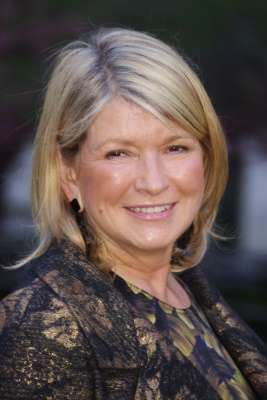
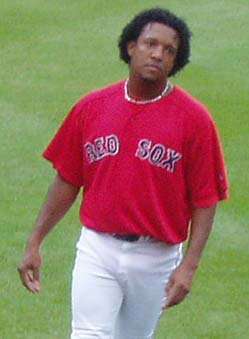
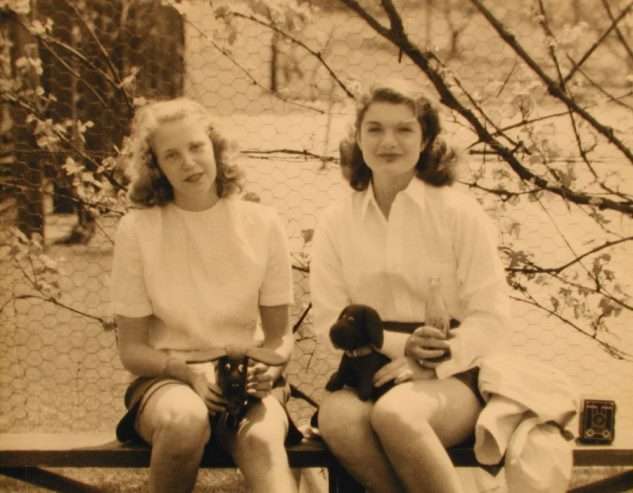
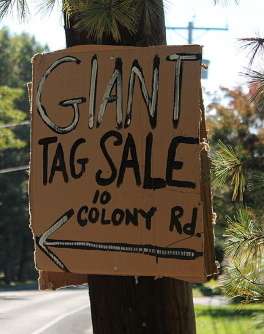
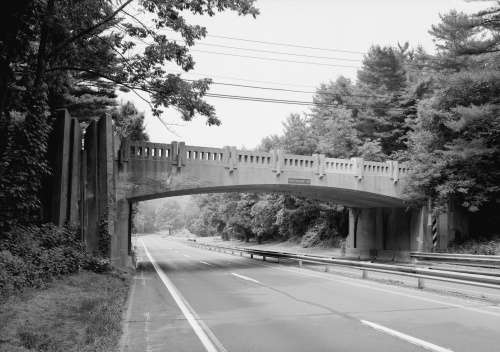
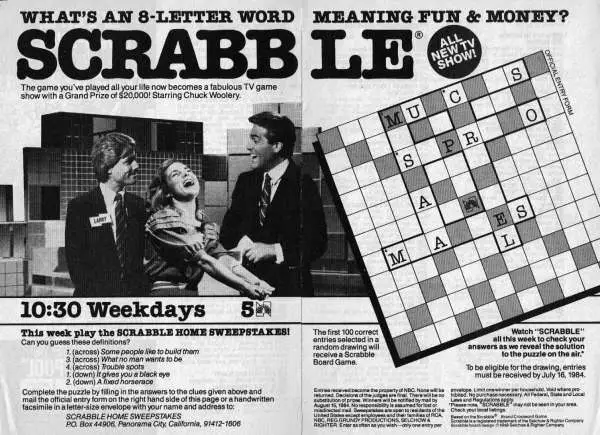
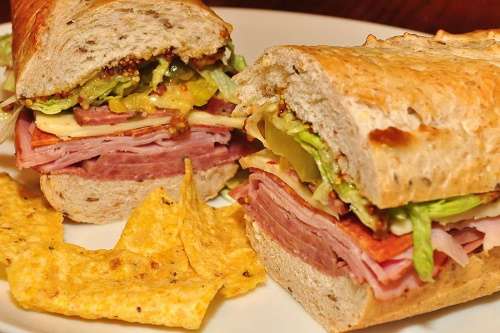

1 comment
[…] talk with a New Hampshire accent? Click here. For Rhode Island, click here, for Connecticut click here and for Maine, click here. And stay tuned for Vermont and Western […]
Comments are closed.